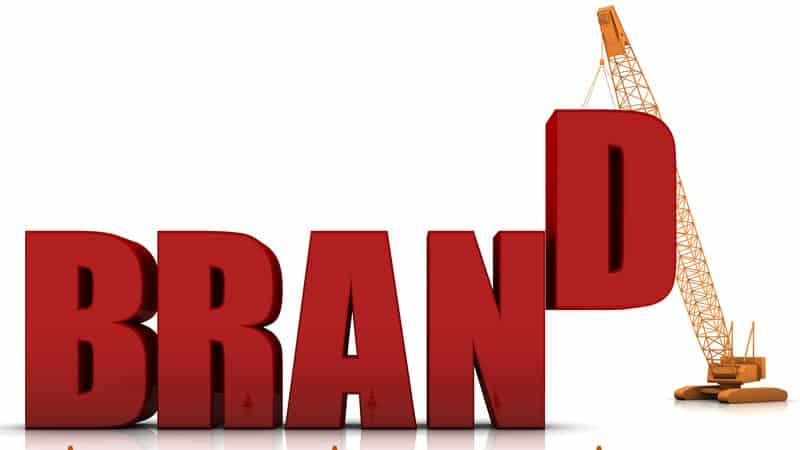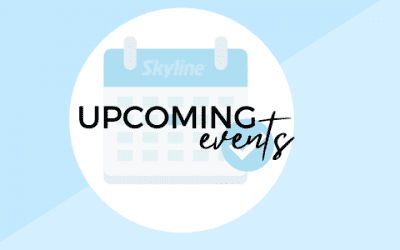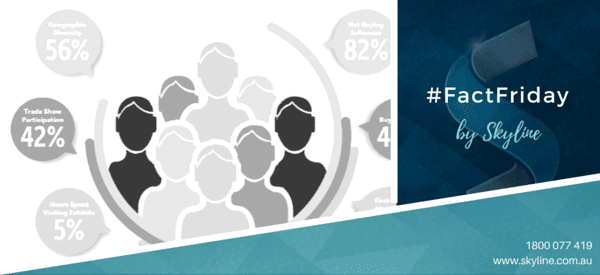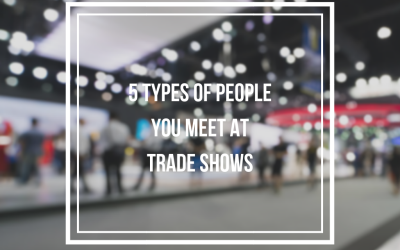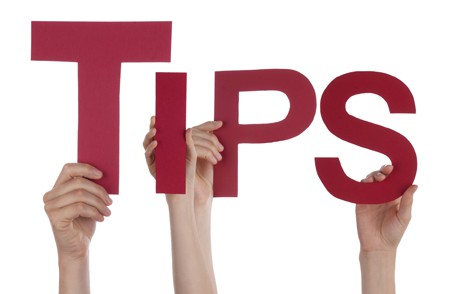11 Ways to Build Your Brand at Trade Shows
Article written by Mike Thimmesch.
Want to build your brand at trade shows? Your company has company.
Exhibitors tell us in survey after survey that building awareness is their #1 or #2 trade show marketing goal.
Building awareness comes in several different levels, depending on how well known a company already is. Exhibitors want to build awareness:
- For their company
- For their brand
- For their division
- In a (new) industry
- In a (new) geographic area
- For a (new) product
- For their re-brand, after a merger or re-positioning
Are You Building A Leadership Brand?
Companies that are concerned about their brand usually don’t want to be known as second-best. They want to be known as the leader in their industry. However, leadership comes in different flavours, depending on the industry they are in. Exhibitors often tell us they want their brand to:
- Be seen as high-end
- Be seen as a high-quality manufacturer
- Be seen as an innovator
- Be seen as high-tech
Sound like your company? Let’s see how to build your leadership position through your exhibit and exhibit marketing.
How to Build Awareness at a Trade Show
Once you know what your goals are for building awareness at your upcoming trade shows, how do you do it? Here are 11 ways to help build your brand into an industry powerhouse:
1. Get a bigger exhibit:
There’s a reason everyone wants to see the Grand Canyon: it’s really big! Similarly, one of the key factors in which exhibits attendees remember most is booth size. So get a bigger booth space, and then fill it with a bigger, taller exhibit that demands attention and fills their senses. A caveat: if the key audiences you want to meet can’t be found at one single show, you may do better to go with smaller booths at various regional or vertical market industry shows.
2. Create graphic impact:
Ensure attendees don’t ignore your exhibit by using bright, bold colours, big images such as photos and illustrations, and easy to read messages. The fewer elements you put on your exhibit, the larger you can make them, and the more impact they will create. Large, taller exhibits can have branding at 2 to 3 heights for as visitors approach from far away, just down the aisle, and in the booth.
3. Design for 3 dimensions:
Create impact and messaging for all public-facing sides of your booth, especially for island exhibits that can be viewed from 4 sides. Consider making your biggest brand impact on the exhibit side that faces the aisle that will get the most traffic. Some of the most memorable exhibits use shape that conveys the brand personality, even the company logo in 3 dimensions.
4. Build a hierarchy of messages:
Your exhibit usually works best when you have a hierarchy of messages, starting highest with who you are, then what you do, and finally what you can do for people. For larger companies, your exhibit may have sub-levels of messaging for multiple divisions or products within a single booth. Be sure the overall brand is understood as primary and that the sub-brands balance each other out. Another pitfall to avoid is confusion between your company and product names.
5. Be consistent with your other marketing:
Your trade show exhibit and your trade show promotions should reinforce the look and messages you share via your website, brochures, and advertisements. Otherwise, if you contradict your existing brand, you will cause confusion, which weakens your brand, rather than build it.
6. Remember that your brand is more than a logo:
Your brand is not just a unique graphic shape and a PMS color. Your brand is defined by the position you’ve taken in the marketplace, the promise of value you give to customers, and the personality your company has in its interactions with the world. Keep that in mind when you design your exhibit, and even the overall trade show experience you give visitors.
Which leads to …
7. Create a brand experience:
Trade shows are an immersive environment that takes place over several days. Take advantage of that by creating an experience that activates your brand in the minds of your booth visitors, so they understand and remember your brand at a deeper level. So if you want a high-tech brand, give them a high-tech experience. If you want to be known for service, then be the best host you can be when they visit your booth.
8. Exhibit at more shows:
If you can afford it, expand your show schedule to reach more key audiences, especially if you are building your brand in a new vertical market for your company, or have introduced a new product that could help a whole new group of buyers than you traditionally serve.
9. Bring your brand ambassadors:
Bring to the show your employees who best exemplify your brand. Have them staff your exhibit – and more. Ask them to schmooze at networking events. Have them attend educational sessions and ask the speaker questions. Better yet, offer them up as speakers at your conferences – and not just your CEO, but subject matter experts who can teach how-to sessions.
10. Do more promotions:
When you want more people to know you, pre-show and at-show promotions can give you that lift. Consider sponsorships, ads in the show book or and other ways to reach the attendees going to the show. You can offer giveaways that will attract more people to your booth, and that will remind attendees about your brand after the show is over. Better giveaways even reinforce your brand message.
11. Meet the press:
Use the trade show as a forum to meet face-to-face with the key influencers who will share your brand message long after the show is over. These include your industry press, bloggers, highly connected social media people, and analysts.
The reason for building your brand is so that you are remembered – and preferred. So when you are at a trade show, do these 11 things so that attendees will walk away knowing exactly who you are, what they can get from you, and that you are their best choice.
About the Author:
Mike Thimmesch was Skyline Exhibits’ Director of Customer Engagement, for over 25 years. He is now retired and spends him time freelancing, traveling, and enjoying time with his family.

